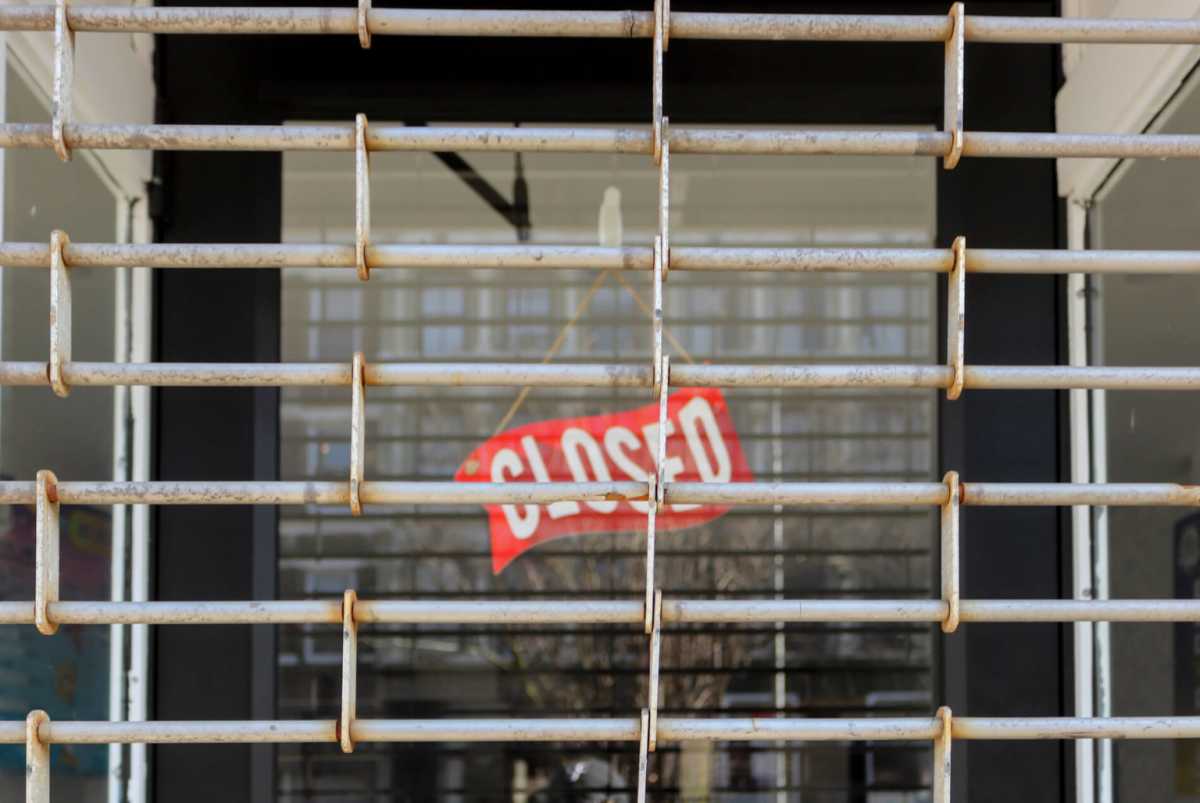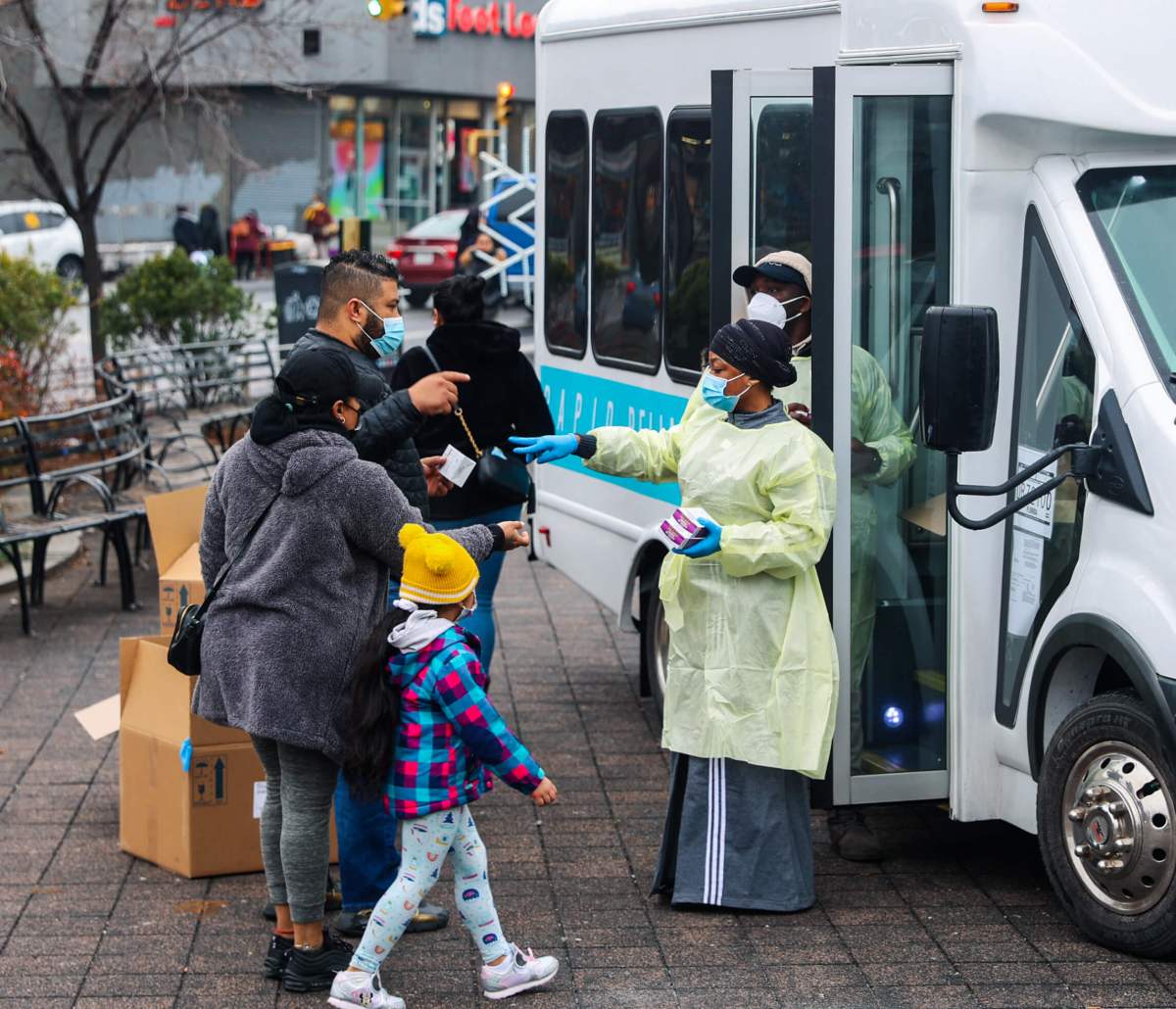BY JESSICA PARKS
Many of Brooklyn’s small businesses are in limbo as they await approvals from federal loan programs amid the coronavirus pandemic, according to the borough’s business leaders.
“They are just trying to figure out what their next steps are, they are kind of in a holding pattern,” said Mark Caserta, executive director of the Park Slope Fifth Avenue Business Improvement District. “Depending on how long the money takes or whether they get the money or not will kind of determine a lot of things.”
Small businesses are mainly focused on the federal Paycheck Protection Program — signed into law as part of the Coronavirus Aid, Relief and Economic Security Act on March 27 — which provides small businesses with a federal loan as an incentive to keep employees on the payroll throughout the crisis.
“Right now, a lot of the businesses are wrapped up in the federal CARES Act and the resources that are available to support them,” said Randy Peers, president and CEO of the Brooklyn Chamber of Commerce. “This has become the focus of a lot of businesses’ attention.”
Loans will be forgiven if employees are kept on the payroll for a period of eight weeks, and if the funding is spent on expenses like mortgage interest, rent or utilities, but Peers said some business owners are hesitant to take out a loan they are unsure will be pardoned.
“If you get the forgiveness, it is like a grant,” Peers said. “But if you don’t get the forgiveness or if you are confused about how it is going to work and you don’t follow the guidelines, then it is a loan and you are straddled by more debt.”
As small businesses await funding, Brooklyn’s main streets are mostly dark. Security gates and plywood cover storefronts’ once-welcoming window displays on strips such as Park Slope’s Fifth Avenue where, Caserta said, only 60 of its network’s 520 businesses remain open as of April 8.
“We went to the avenue yesterday for our running list of businesses that are open and 15 more had closed since the last time we checked,” Caserta said.
The head of the chamber of commerce for northern Brooklyn neighborhoods painted a similarly dismal situation for its commercial business districts, where he said there are massive closures and merchants struggling to keep afloat.
‘Most of the businesses in our area are doing TERRIBLY,” wrote Paul Samulski in an email to Brooklyn Paper. “Most are shuttered and those that aren’t are struggling to survive by promoting take-out and delivery business and operating with very limited hours.”
Samulski noted that some of the businesses in his area are continuing to survive primarily through an already-established online presence, but all three business leaders worry of the toll a long period without economic activity will take on locally-owned businesses after the pandemic run its course.
“One of our major concerns is that, when we eventually do come out of this, many of our smaller, local businesses might not be able to open their doors again simply because of the debt and the loss they are currently suffering,” Samulski said, “and the fact that they won’t have the available capital to basically ‘start up from scratch’ once again.”
Another small business advocate from southern Brooklyn suspects that if the economic damage is similar to that seen by the area during Superstorm Sandy — which ripped through the borough’s coastal communities in 2012 and forced many businesses to close their doors — many business corridors will see a substantial amount of their storefronts shuttered for good.
“Sheepshead Bay Road, which has about 136 to 138 stores, used to have a 2 percent vacancy rate. After Sandy, it went up to 10 to 15 percent. It has never recovered,” said Steve Barrison, president of Bay Improvement Group and executive vice president of the Small Business Congress. “We got a few stores back but a lot of them just couldn’t make it.’
In the meantime, business leaders have repurposed their organizations to help small business owners navigate through the crisis and support them through their troubles.
“I want businesses to know that the [Brooklyn Chamber of Commerce] is open for business and we are working 18-hour days to support them,” Peers said. “I don’t want them to feel like they are alone because they are not. This is why we are here.”
The Brooklyn Chamber has been conducting weekly data reports on the pandemic’s impact on business, Peers said. The organization has also been offering webinars on a variety of topics, such as how to manage a small business from home among the many initiatives listed on their resource page.
The North Brooklyn Chamber of Commerce and the Park Slope Fifth Avenue BID have been compiling lists of open businesses in order to urge patrons to continue shopping local and has been working with merchants one-on-one to assist them with securing funding.
But as the business leaders work tirelessly to aid small businesses through the pandemic, they stressed that the current crisis is intensified by ongoing issues local business owners had been enduring prior to the pandemic — such as high commercial rent and dwindling savings brought on by increased internet buying.
“The small businesses in New York City have been under extreme crisis, growing for over 10 years,” Barrison said. “This is an extreme crisis on top of a crisis.”
This story first appeared on brooklynpaper.com.




























